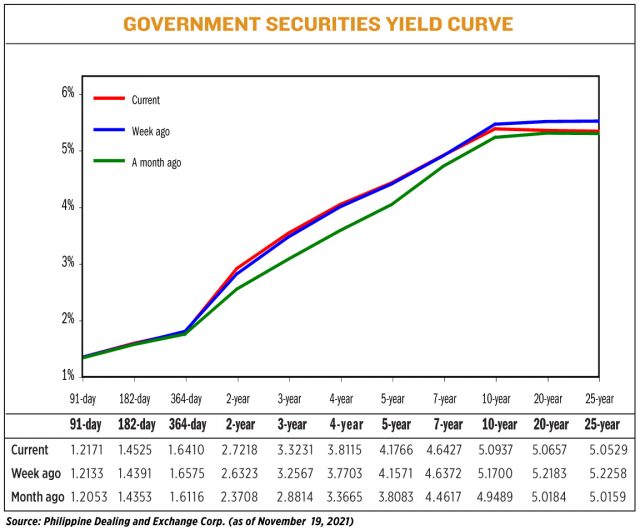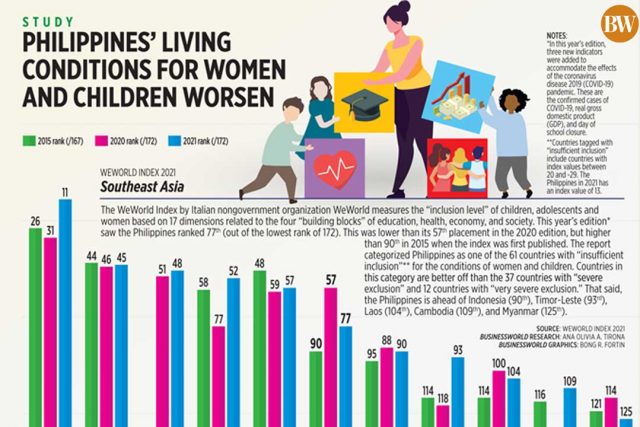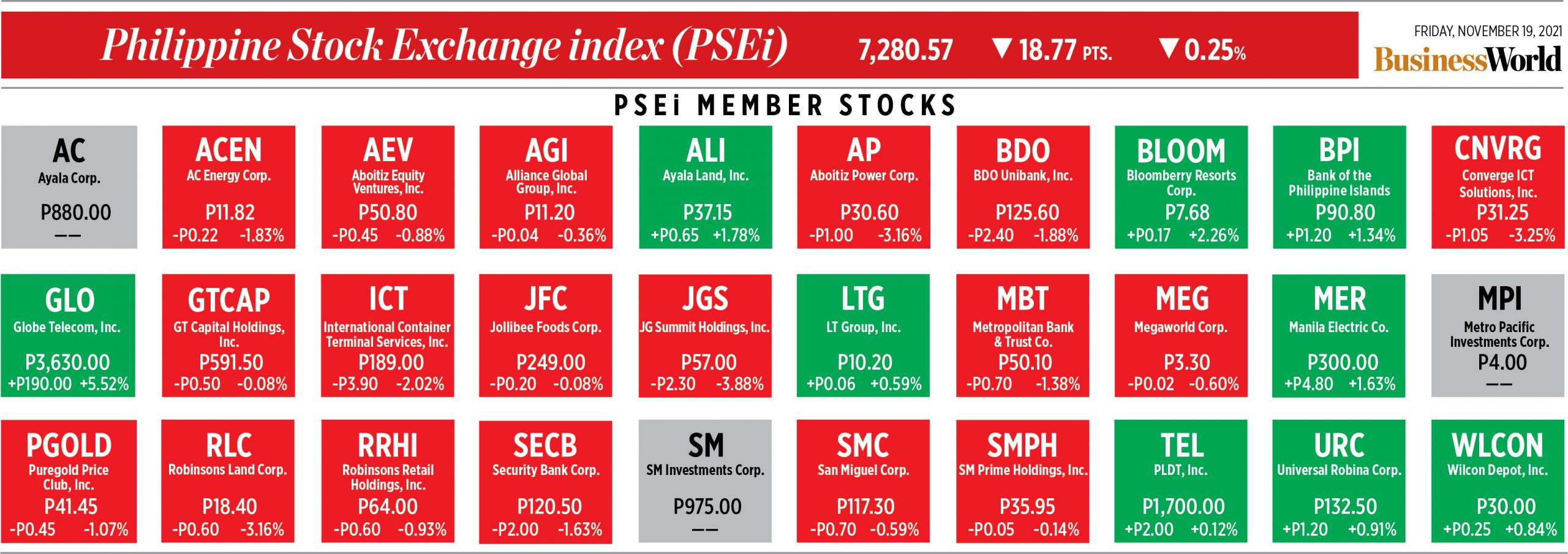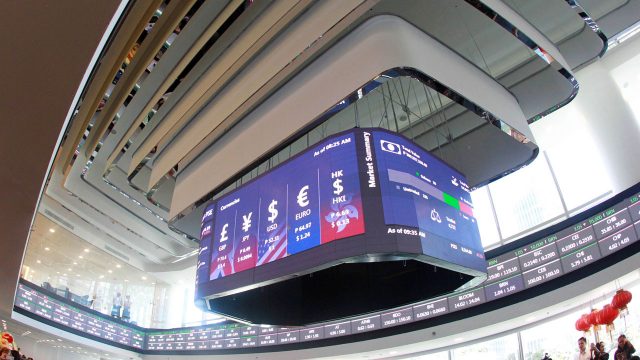By Keren Concepcion G. Valmonte, Reporter
PLDT, Inc. ended last week as one of the most actively traded stocks as investors were drawn to the company’s growth prospects through its digital bank unit and its recent bullish outlook for the upcoming year.
Data from the Philippine Stock Exchange (PSE) showed a total of 988,695 PLDT shares worth P1.7 billion were traded from Nov. 15 to 19, making it the fifth most actively traded in the stock market last week.
PLDT shares finished at P1,700 apiece on Friday, higher by 0.06% from a week ago.
Year to date, the stock’s price climbed 0.27%.
“It’s the PayMaya [Philippines, Inc.]’s Maya Bank launching early next year, which reflects the telco digital transformation and their increasingly high relevance to the pandemic economy in need of more financial inclusiveness and contactless transactions,” Cristina S. Ulang, head of research at First Metro Investment Corp. (FMIC), said in a Viber message on Friday.
PLDT’s Maya Bank is set to launch by the first quarter of next year. Maya Bank recently secured a digital banking license from the Bangko Sentral ng Pilipinas.
Meanwhile, China Bank Securities Corp. Research Associate Zoren Philip A. Musngi said the stock “attempted to go higher” in the early part of the week after announcing its 2022 outlook.
“TEL (PLDT’s ticker symbol) attempted to go higher on market-wide optimism for the reopening of the economy and positive corporate news flow, such as their expectations for ‘big growth’ in 2022, [the] unveiling of new Fiber products, and efforts to partner with global telcos for network enhancement,” Mr. Musngi said in an e-mail on Friday.
“However, it failed to breach the key multi-year resistance level of 1,750 as investors took profit and anticipated a market-wide correction,” he added.
PLDT started last week’s trading session with a 0.93% gain from its Nov. 12 close, continuing its day-to-day gains until the middle of the week, going up by 1.7% on Tuesday and 0.94% on Wednesday. PLDT shares dipped 3.17% and 0.07% on Thursday and Friday, respectively.
Last week, the company said it is in “a position of strength” in the home and enterprise segments. The company said it is poised to exceed its goal of having a million new fiber customers this year after it surpassed the 800,000 mark on new installations at the end of September.
“The fiber rollout should be helped by the greater mobility under the pending shift to Alert Level 1,” FMIC’s Ms. Ulang said.
As people continue to work and study from home, PLDT’s new customers for its Home business recorded 324,000 new fiber customers in the July-to-September period.
“The company could definitely continue to grow its fiber segment, as this is still a relatively underpenetrated market and the Internet industry and e-commerce of the Philippines is still growing,” Mr. Musngi said.
“The market opportunity is so big for the incumbent players that aggressive competition is not yet an issue,” he added.
PLDT booked an attributable net income of P5.9 billion in the third quarter, lower by 20.3% from the P7.4 billion generated a year ago due to higher expenses. For the nine-month period, its telco core income, which does not take into account the impact of asset sales and Voyager Innovations went up by 10% to P23.1 billion.
China Bank Securities’ Mr. Musngi placed the stock’s support levels at 1,650, 1600, and 1,500. Meanwhile, he pegged PLDT’s resistance levels at 1,750 and 1,800.
“We expect TEL’s stock price to have a bullish bias in the short-to-medium term as investors continue to put a premium on stocks that will benefit from the growing economy and with rising needs for connectivity,” Mr. Musngi said.
Hastings Holdings, Inc., a subsidiary of PLDT Beneficial Trust Fund unit MediaQuest Holdings, Inc., holds a majority stake in BusinessWorld through the Philippine Star Group, which it controls.















